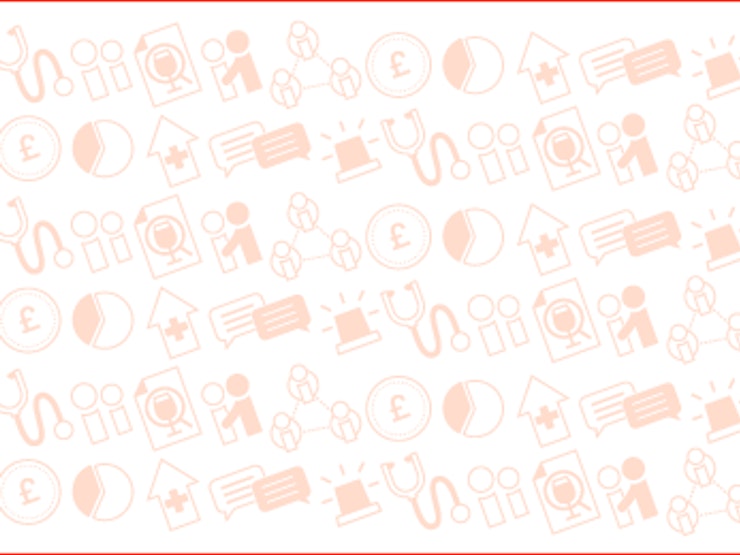Note: This report was funded and/or written by our predecessor organisation, the Alcohol Education Research Council (AERC).
6 August 2006
Researchers:
Joanna Green and Martin Plant
The Alcohol & Health Research Trust, Centre for Public Health Research, University of the West of England, Bristol
Key findings
- The risks that were most often noted related to aggression, intoxication and violence.
- The risk factors associated with internal bar environment and atmosphere included the following: aggression, violence, expectations of violence and meningococcal infection. The characteristics associated with these risks were crowding, “permissive decorum,” unpleasant surroundings, an expectation that violence would be tolerated, smoky, poorly ventilated conditions, untidiness, dull lighting, high noise levels and contaminated drinking glasses.
- The organisation of an establishment was found to be associated with the rate of level of drinking, sexual; offending, aggression and intoxication, disorderly behaviour and driving while intoxicated. The associated factors were the type and speed of music, the nature of staff interventions and behaviour, and the behaviour of bouncers.
- Several studies have indicated that there are risks (such as heavy drinking, aggression illicit drug use, and the spread of sexually transmitted diseases) associated with patron characteristics. Such studies have highlighted heavy and problematic drinking in some student bars, gay bars, bars that admit young people, bars where people drink in groups (and, conversely, two studies suggesting that solitary drinking is a risk factor).
- Risks such as child abuse and neglect, death from hypothermia, road traffic accidents, driving while intoxicated, public disorder and assault were associated with “external bar characteristics.” These included the density of bars (including restaurants), and travel to bars (such as those away from college, in an urban centre) where a more permissive atmosphere prevailed.
Introduction
Bars, inns, taverns and hotels have been popular settings for recreational alcohol consumption for centuries. The bar is firmly established as an important adjunct of leisure in many societies. Alcohol consumption in bars is mainly convivial, restrained and problem-free. Even so it has long been apparent that heavy drinking in bars is associated with aggression, violence, public disorder and injuries. A review was conducted to identify factors associated with high and low levels of intoxication, aggression, public disorder, crime, under-age drinking and injuries in and near public bars and licensed clubs and to identify priorities for reducing the levels of problems associated with licensed premises.
This study examined published empirical evidence related to the possibility that problematic behaviours are associated with identifiable characteristics of a bar. It is concluded that evidence suggests that a number of factors are associated with elevated risks that a bar will be a focus for problematic behaviour. These risk factors are considered under the following main headings: internal physical characteristics and atmosphere (e.g. layout, crowding), organisational factors (e.g. beverage promotions, entertainment), patron characteristics (e.g. gender, age), beverage choice and external characteristics (e.g. location, density). It is concluded that the type of evidence presented here should be taken into account when reviewing licensing arrangements, designing bars and planning the location, type and density of bars in any locality where such establishments are situated.
Implications
- It is suggested that licensing authorities should devise plans for their own areas to ensure that no more liquor licenses are issued than are required or consistent with the maintenance of public order, police and medical resources.
- It is further suggested that the licensing of bars and clubs should be guided by available evidence on which characteristics are likely to promote moderate drinking and good behaviour. High risk bars should not be licensed.
- Further UK research is into risk factors in bars is required, since most of the relevant evidence originates from other countries.
Further information
These findings and their implications are elaborated in the following publications:
Green, J. and Plant, M.A. (in press) “Bad bars: Risk factors in public bars,” Journal of Substance Use.
Plant, M.A., Plant, M.L. and Green, J. (in press) “Safer bars, safer streets?” (Editorial) Journal of Substance Use.
